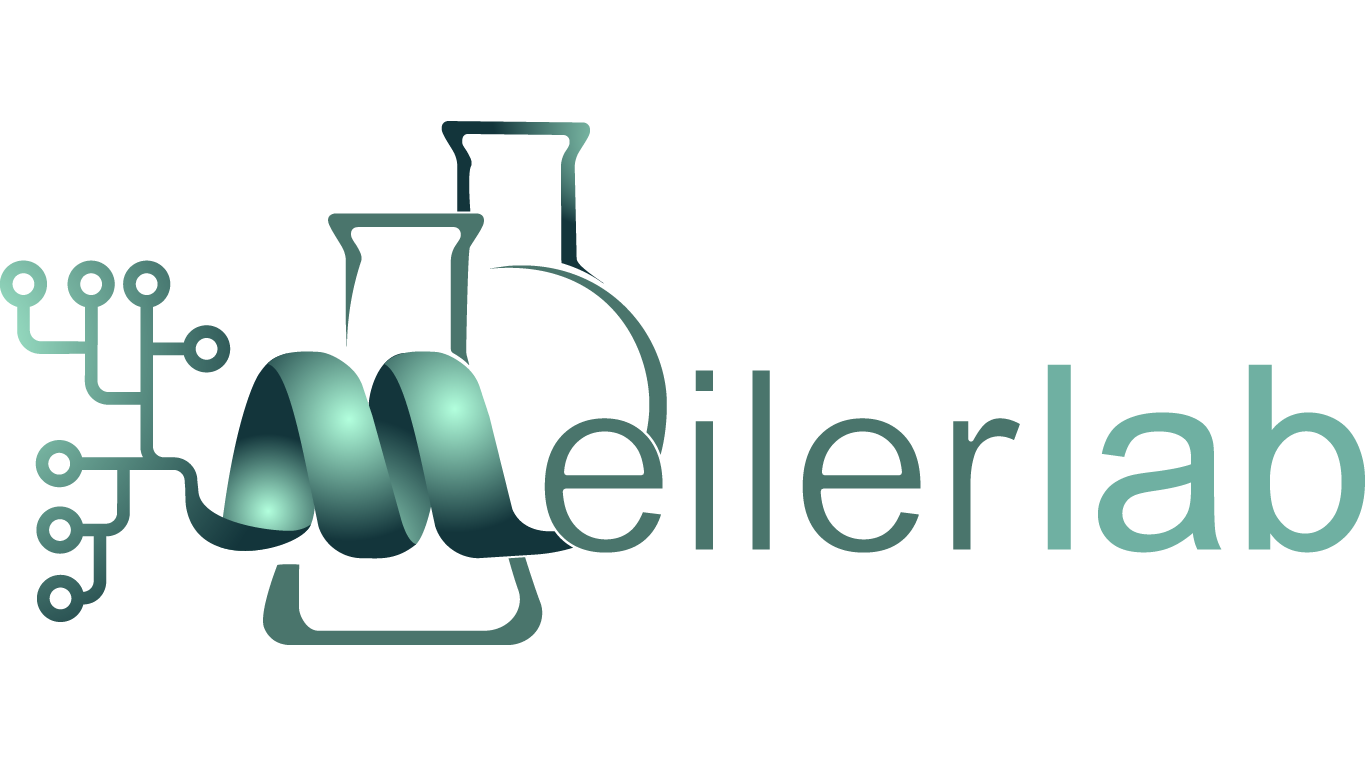
Rosetta Structure Prediction
In MeilerLab, we have long-term experience in the usage and development of methods to tackle the structural prediction of biomolecules, their dynamics and how they interact with molecular partners. Although dramatic advances have recently been made in machine-learning prediction of structure from sequence, biophysical approaches are still fundamental to investigate challenging aspects of biomolecular components. In the subsections are listed a number of relevant methods we contributed to develop or that have been extensively applied in our research during years; these include data-driven modeling of protein conformational changes, comparative modeling, glycan and loop modeling, protein-protein, protein-RNA and flexible peptide docking.

Comparative Modeling
Despite the usage of homology modeling in protein structure prediction is nowadays limited by the great advances achieved with machine learning methods, comparative modeling of antibodies and docking to their respective antigens ...

de novo Protein Modeling
De novo protein folding is a very difficult problem in structural biology. This technique works to predict protein tertiary structure from its amino acid sequence. This is done in cases where there is no template structure available ...

Protein-Protein Interactions
Many proteins carry out their functional role acting as part of protein assemblies, i.e. a combination of different proteins (hetero-complexes) or multiple copies of the same monomeric unit (homo-complexes). ...

Glycan Modeling
Glycan modeling is performed with the Carbohydrate framework within the Rosetta suite. Existing glycan structures can be sampled to find the more stable conformations, or glycan chains can be build from scratch. ...

Loop Modeling
Loops are among the most difficult parts of protein structures to predict because of their conformational heterogeneity and flexibility. Often, their dynamics prevent them from being resolved entirely, leading to ...

Protein-RNA Modeling
Fragment Assembly of RNA with Full Atom Refinement (FARFAR) is a framework within the Rosetta suite that can produce de novo or homologous RNA structure models and has been improved with the release of FARFAR 2, enabling larger target RNAs ...

Flexible Peptide Docking
Docking flexible peptides upon to a potential binding partner is performed with the Flexible Peptide Docking (FlexPepDock) framework of the Rosetta software suite1,2,3. Starting from a peptide sequence and an approximate location of the binding site, ...

Conformational Changes
Despite great advances in experimental methods for proteins structure determination, the unambiguous characterization of multiple conformational states remains a challenge. Difficulties primarily arise from the huge range of structures that ...

EPR Based Modeling
We have an extensive track record of designing methodologies for modeling protein structures using sparse data collected by electron paramagnetic resonance (EPR) spectroscopy. Our work principally focuses on ...
